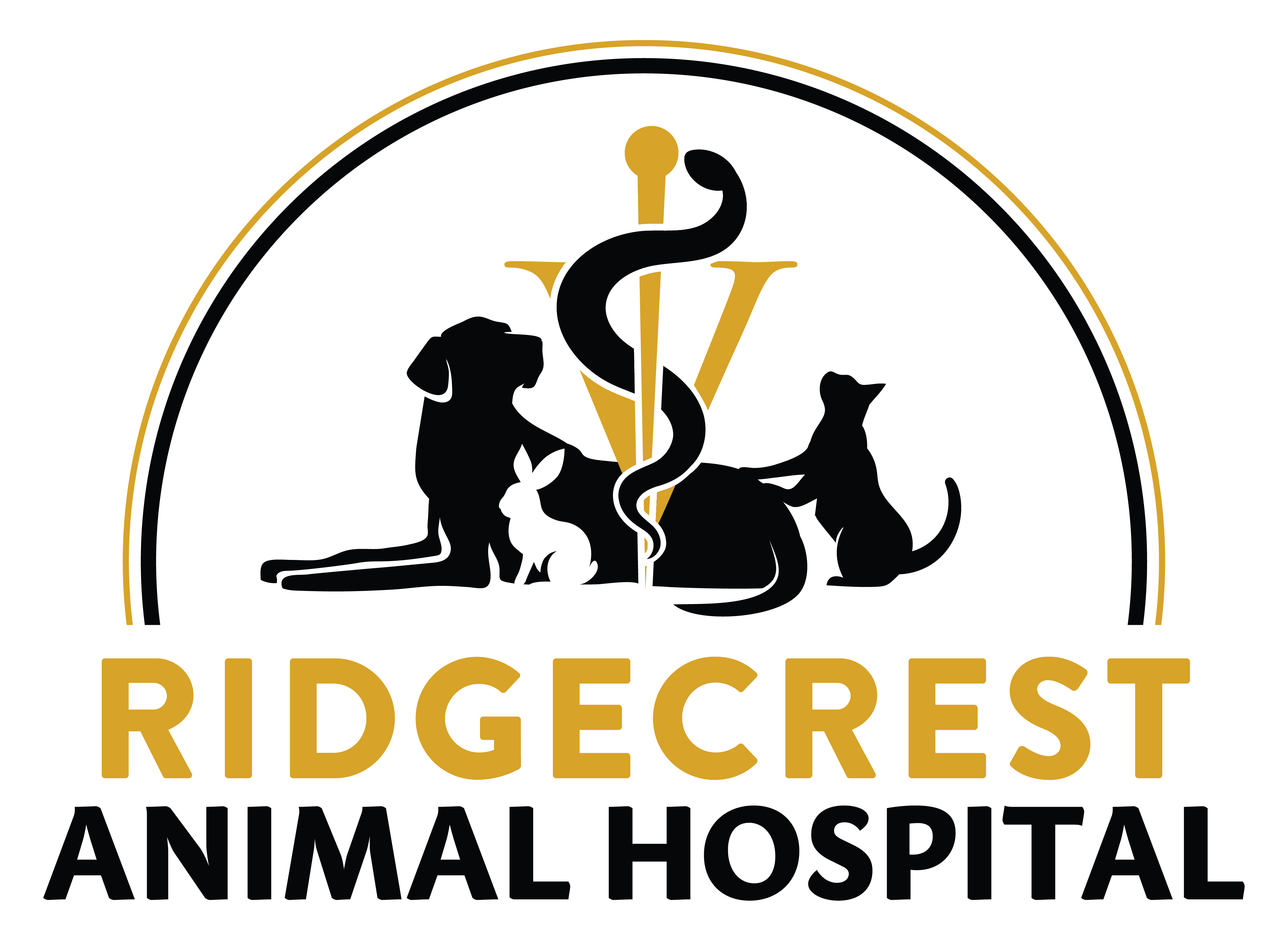Library
-
Predictability and trust are important foundations for training your dog. Learning what your dog finds rewarding and strategically providing rewards at the right time will promote the desired behavior to happen more and more often. Punishment techniques using physical force and conflict can result in increased aggression and should be avoided.
-
There are five primary reasons for vaccination failure. Vaccine inactivation is one reason and is most commonly caused by warming during shipping and handling. In addition, vaccines are not always 100% effective. Cats may also be unhealthy or too young, leading to vaccine failure. Interference by maternal antibodies can lead to the vaccine being blocked. Lastly, cats receiving overwhelming exposure to a virus may have a failure in the effectiveness of the vaccine.
-
There are six primary reasons for vaccination failure. Vaccine inactivation is one reason and is most commonly caused by warming during shipping and handling. In addition, vaccines are not always 100% effective. Dogs may also be unhealthy or too young, leading to vaccine failure. Interference by maternal antibodies can lead to the vaccine being blocked.
-
Vaccines are necessary to reduce infectious disease-caused illnesses in cats. They work by stimulating the body's immune system to recognize and fight a particular microorganism such as a virus, bacteria, or other infectious organism. The vaccine helps the body prevent infection or lessen the severity of the infection, and promotes rapid recovery.
-
Veterinarians routinely recommend certain vaccines for all dogs (called core vaccines) while they recommend others more selectively, according to the dog’s environment and lifestyle. Vaccines work by stimulating the body's immune system to recognize and fight particular microorganisms such as a virus, bacteria, or other organism. The vaccine helps prevent infection or lessens the severity of infection and promotes rapid recovery.
-
Vaginitis refers to inflammation of the vagina and can be a result of several possible underlying causes. Prognosis is generally good, especially if the underlying cause is identified and treated early. The most common clinical signs of vaginitis include increased frequency of urination, licking of the vaginal area, vaginal discharges, and scooting or rubbing of the vaginal area. Diagnostic testing to determine the cause of a dog's condition is helpful in identifying the appropriate antibiotic treatment.
-
New birds should be examined by an avian veterinarian within the first couple of days after purchase or adoption. Pet birds should receive routine annual veterinary examinations. A physical examination allows a veterinarian to notice subtle signs of disease before they are obvious. Your veterinarian will discuss the need for testing with you depending on the findings of the physical examination. Tests, including blood tests and fecal analysis, are performed routinely to monitor the current state of health of the bird. The specific tests your veterinarian suggests will depend on your bird's age, size, species, and health status.
-
The physical examination is a crucial part of assessing the health of a new pet bird. Avian veterinarians may perform special test along with a complete physical examination to determine the bird's true health status. The visit should also include a thorough discussion of proper nutrition, housing, care, grooming and training/socialization of your new bird.
-
The Vizsla is a Hungarian pointer, utilized by the Magyar nomadic tribe along with their falcons, to hunt birds and track game. They need a lot of vigorous activity, but as long as they get it, they are gentle enough to lie quietly by Grandpa's feet as he snoozes.
-
Vulvoplasty, also known as episioplasty, is a surgical procedure that your veterinarian may recommend to correct a conformational issue known as a recessed vulva. Your veterinarian will remove a crescent-shaped piece of tissue from above the vulva, allowing the skin to be pulled upwards into a more normal conformation. This procedure is performed under general anesthesia. Your pet will be intubated with an endotracheal tube. After surgery, you will need to give pain medications and antibiotics as directed and keep your dog confined/restricted for approximately two weeks. Skin sutures, if used, can typically be removed 10-14 days after surgery.

